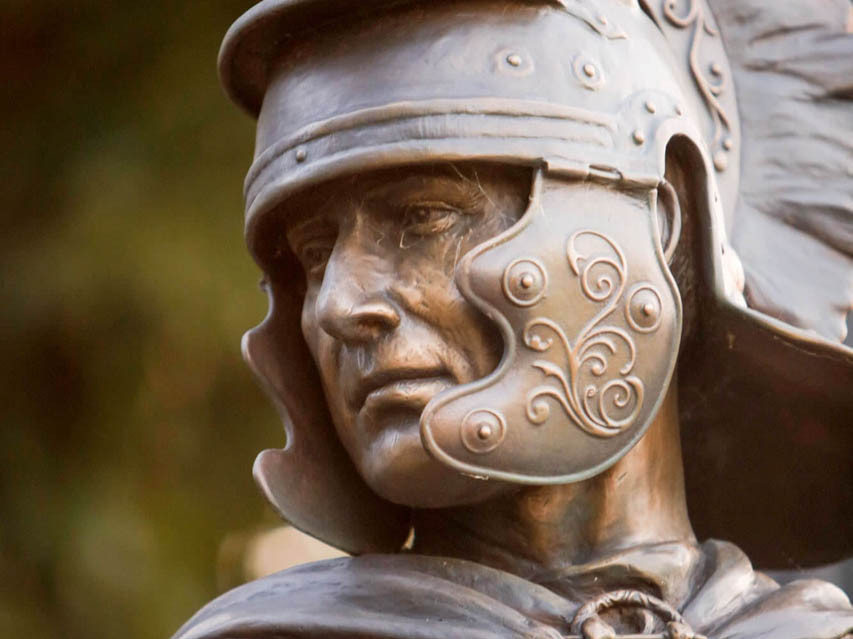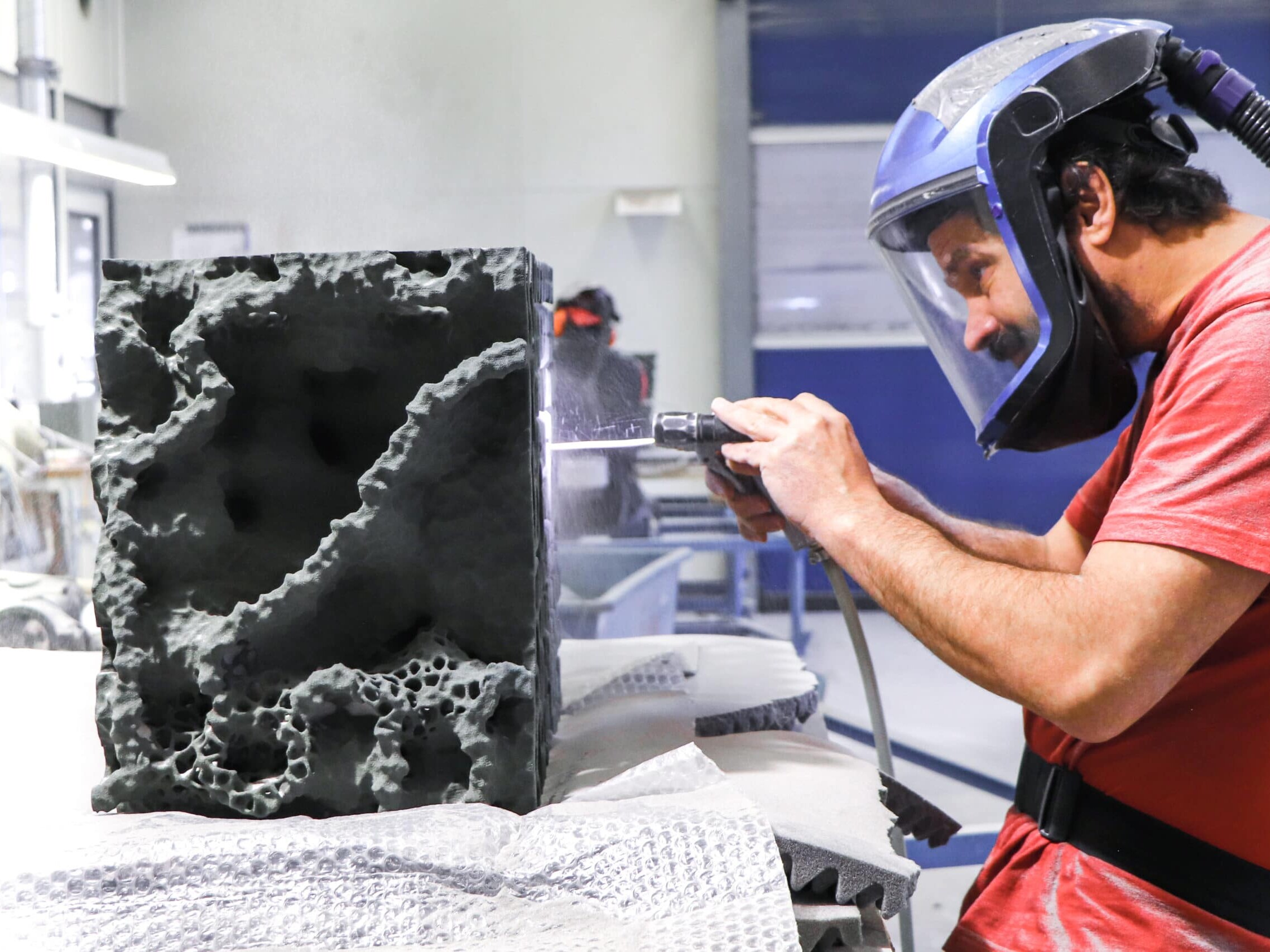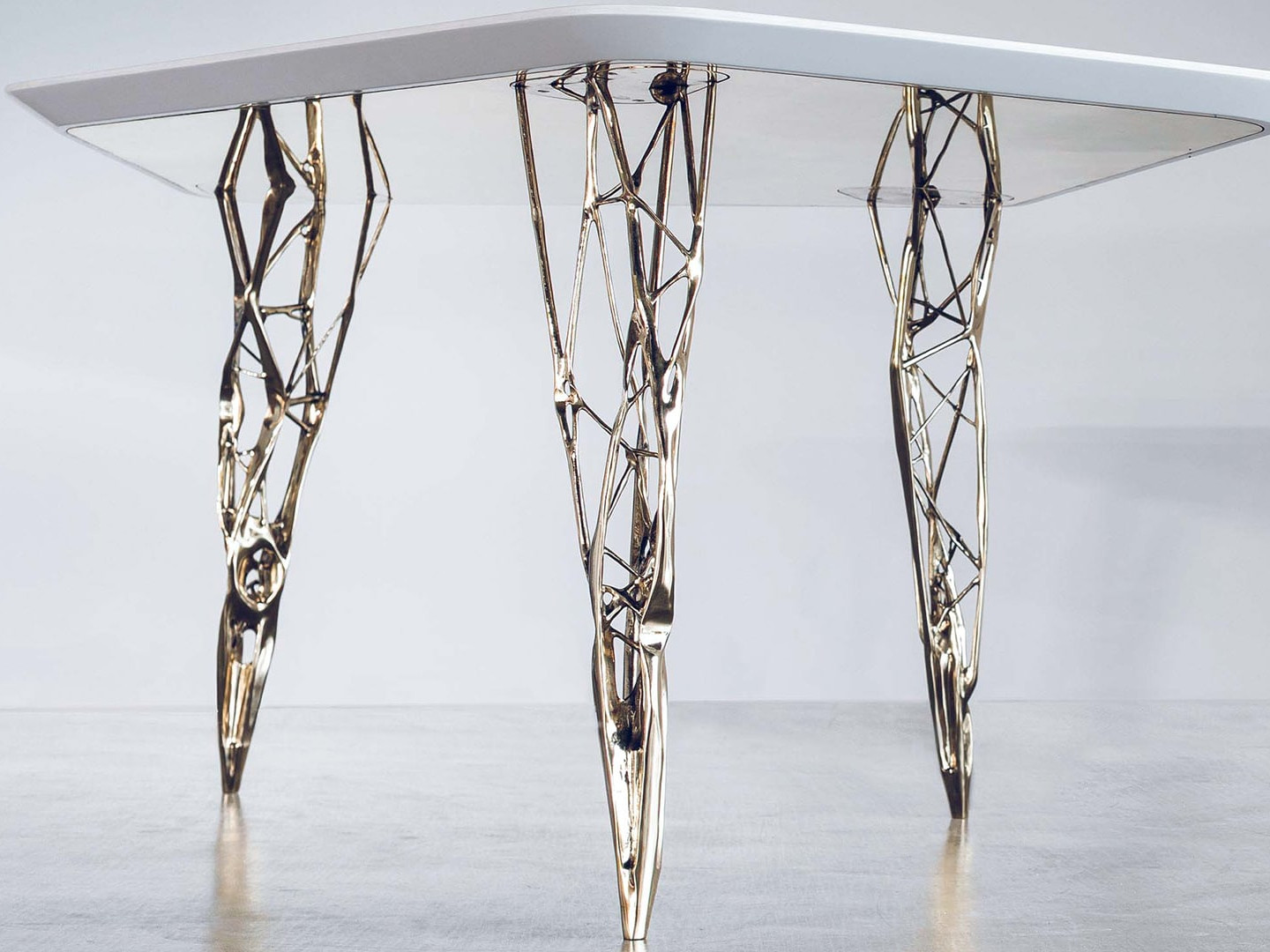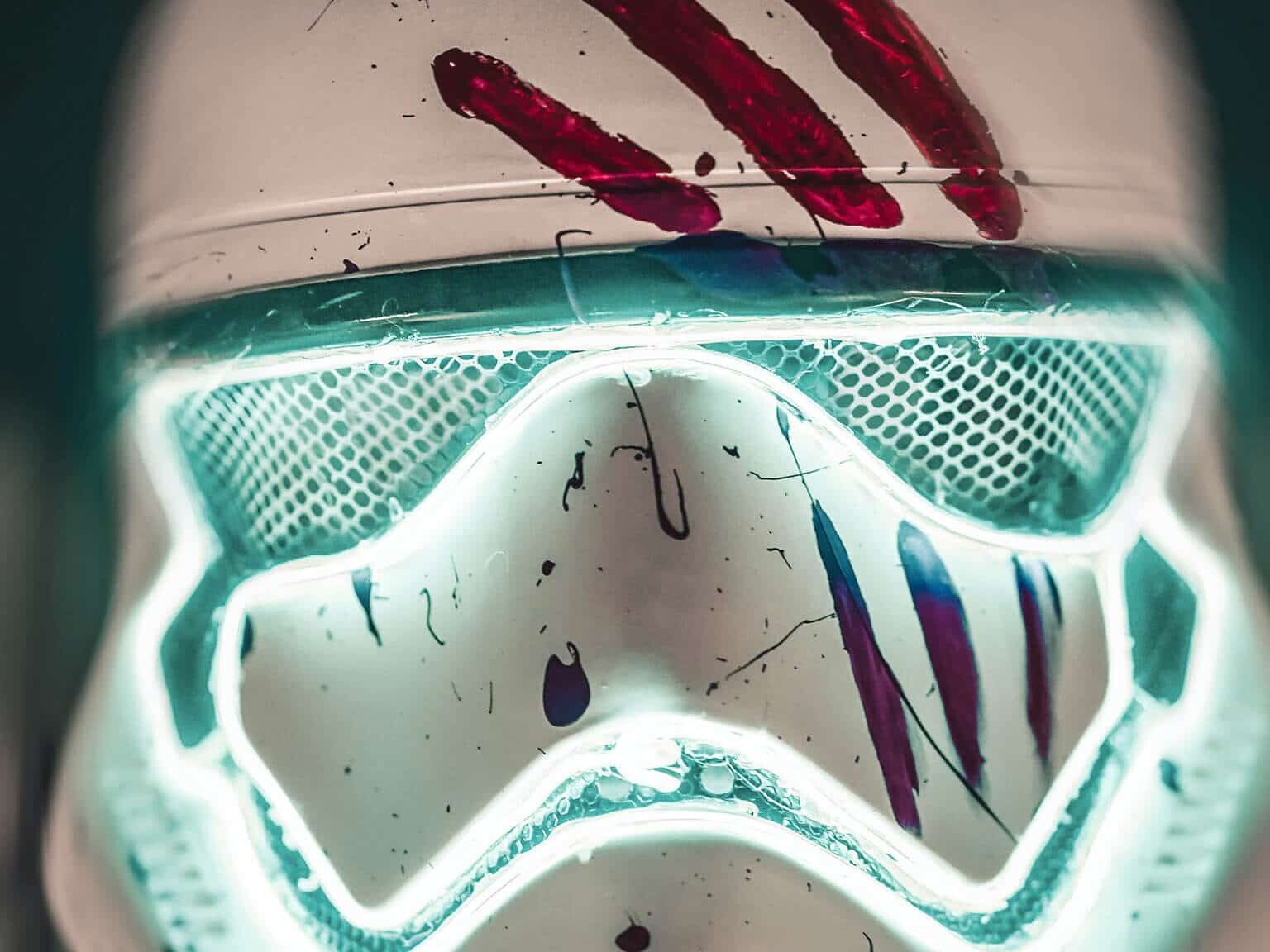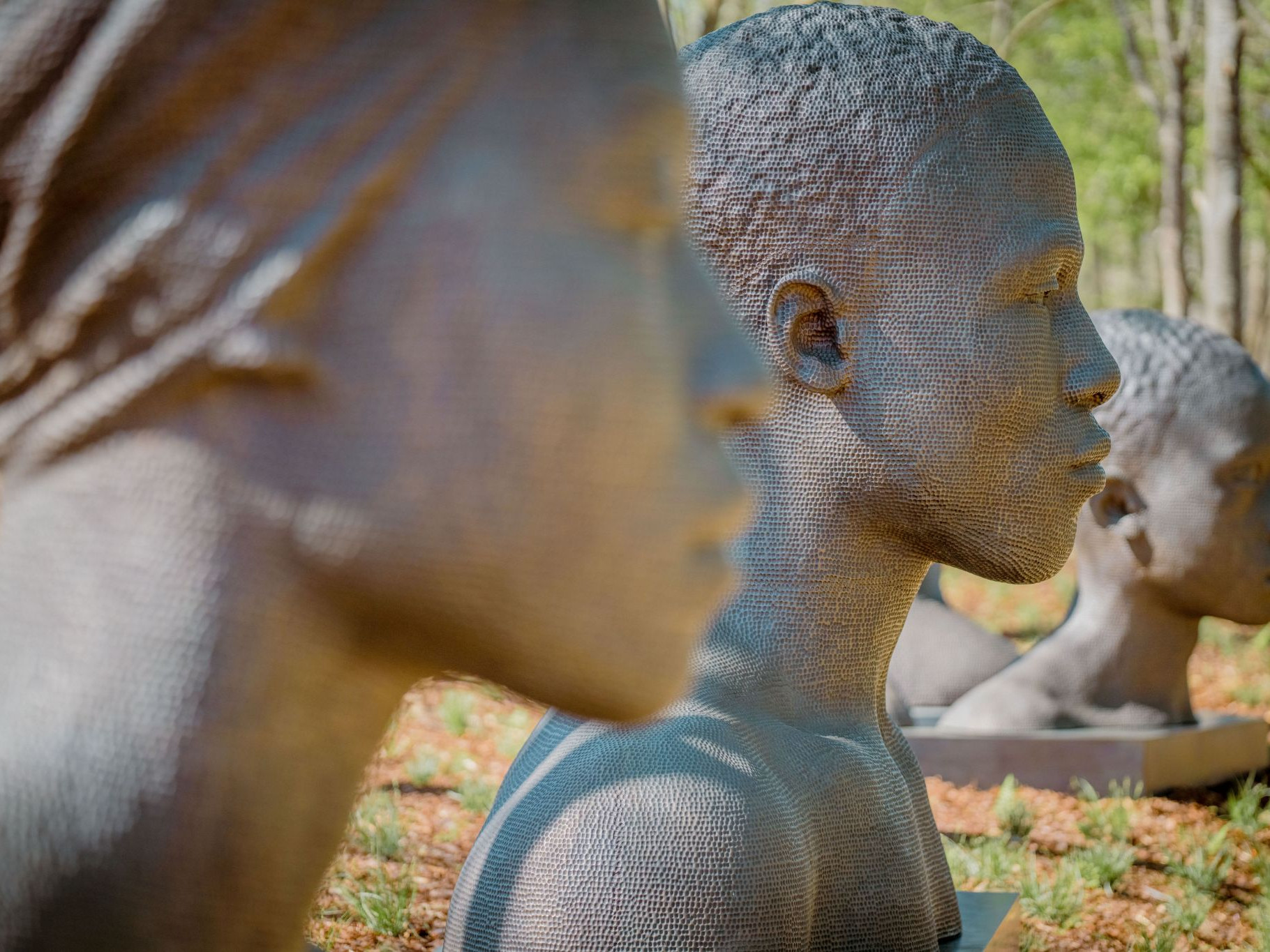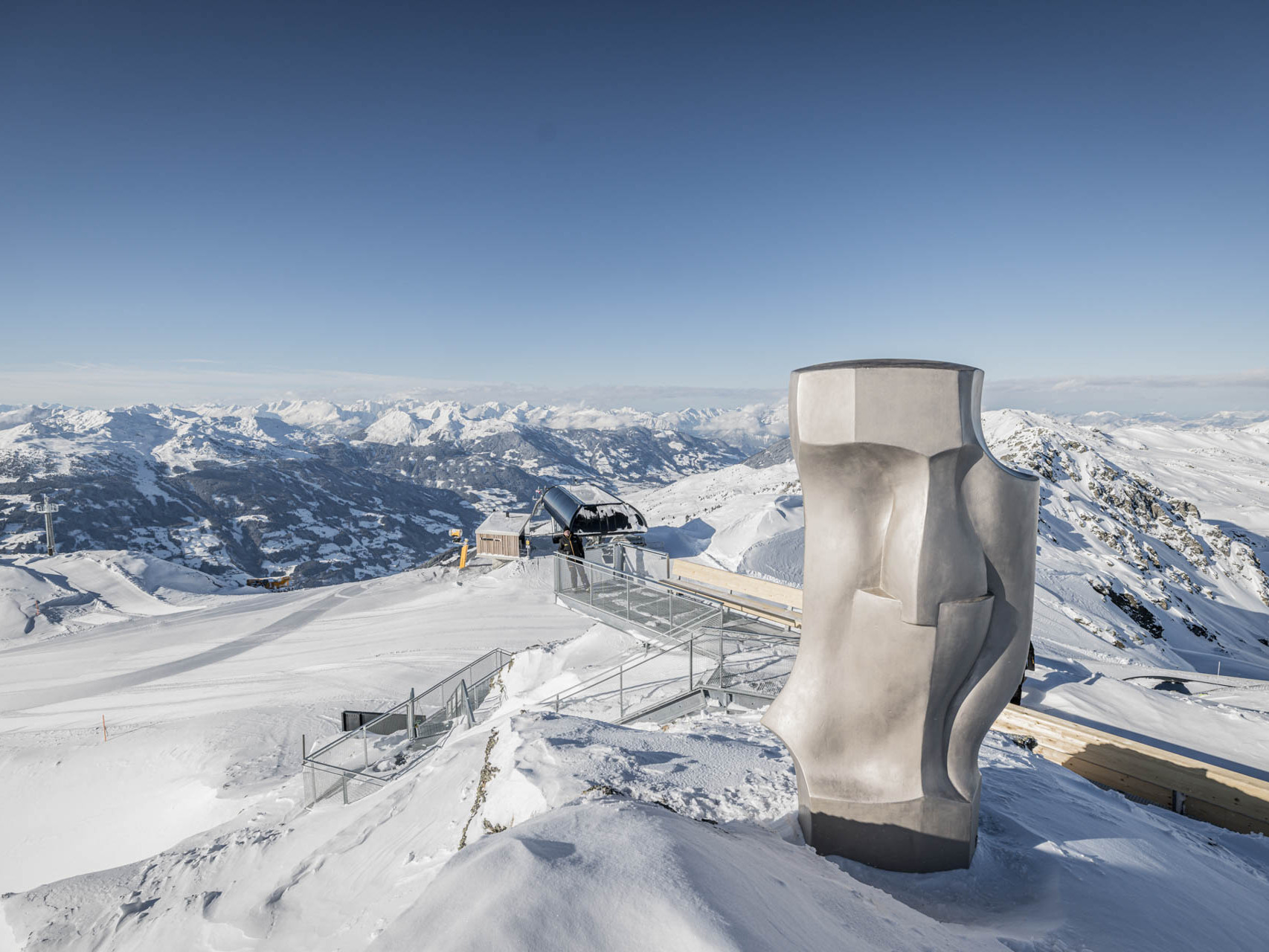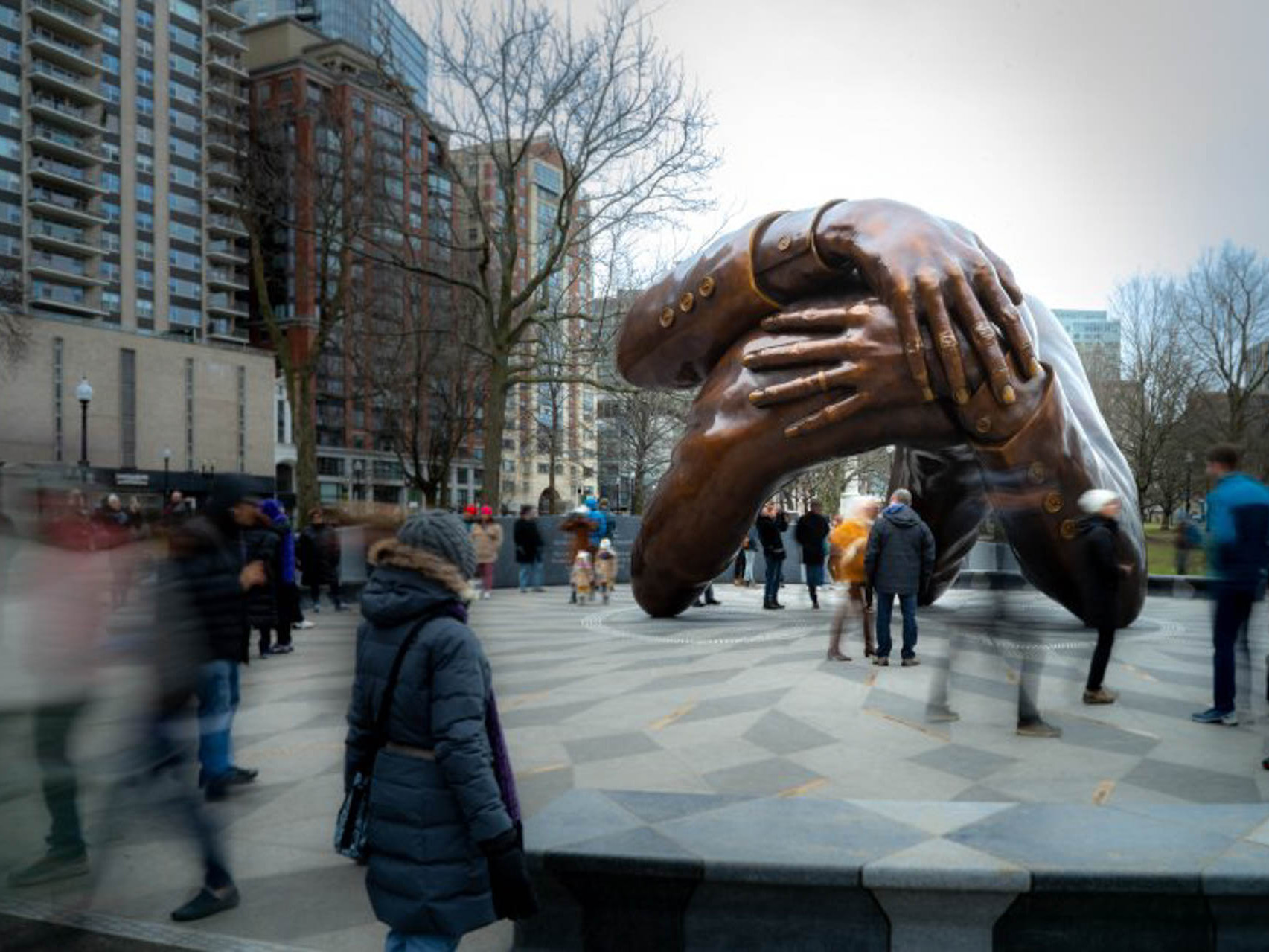- Home
- Case Studies
- Art and Design
- Replicas for the Cologne Cathedral
3DION and voxeljet completed a replica of the Cologne cathedral
The 3DION 3D network, together with its partner voxeljet, one of the leading manufacturers of industrial 3D printer, implemented a prestige project for Cologne Cathedral.
Replicas for the patrons of the Michael portal were produced in collaboration with, and with the excellent support of, voxeljet. The Michael portal is one of nine portals with a total of twelve doors, based on the gates of ethereal Jerusalem from the Apocalypse, in the image of which the cathedral was created.
On 21 August 2015, the Zentral-Dombau-Verein (central cathedral building society) and the Kölner Dombauhütte (Cologne cathedral workshop) invited around 100 benefactors, who had become patrons of the restoration of the Michael portal, to attend a mass with cathedral provost Gerd Bachner in the inner choir, followed by a small celebration in the stone restoration workshop of the cathedral workshop. It was to thank all of the patrons for their generous commitment to the restoration of the portal, which was heavily damaged by the war and weathering.
The cleaning of the tympanum relief, which shows scenes of Christ’s appearance at Lake Tiberias after the resurrection to the apostle synod of Jerusalem, has been completed, with stone and mortar to be added. As a special thank you, all patrons received high-quality 3D prints of those reliefs and sculptures whose restoration they had financed. They also received a certificate and a “patron’s letter” in the form of a catalog volume, which presents the history and restoration of the portal and all of its figures in text form and with photos. In his welcome speech, the president of the Zentral-Dombau-Verein (ZDV), Michael H. G. Hoffmann, thanked the benefactors for supporting the restoration works. “The Zentral-Dombau-Verein”, says Hoffmann, “is very pleased and proud of the great commitment of its members to the maintenance of Cologne Cathedral.” The deputy master builder of the cathedral, Peter Füssenich, noted that “the maintenance of a work of generations like Cologne Cathedral would not be possible without the great commitment of the Zentral-Dombau-Verein and the love that so many people have for the cathedral.”
The cathedral provost, the association president and the deputy master builder expressed their special thanks to Thomas Meurers from 3DION for the consulting services and the planning and Dr. Ingo Ederer, Florian Rauscher and Emil Nigl from voxeljet for creating the replicas and for their generous sponsorship.
The cathedral without scaffolding would not be the ideal but rather the worst scenario. It would mean that we can no longer afford to maintain the cathedral and that weathering-related damage processes would progress unchecked.
Barbara Schock-Werner, former master builder
The production of the replicas
3DION convinced the former master builder Michael Hauck, his deputy Peter Füssenich and ZDV president Michael H. G. Hoffmann with the recommendation to have replicas of the figures made by voxeljet, since their material most closely corresponds to the haptic experience of sandstone. The Southern German company is one of the world’s leading providers of industrial 3D printing technology. With its own service center, voxeljet offers the on-demand manufacture of sand molds and plastic models for many different industries around the world.
First, the figures in the portal and the existing plaster templates from the 19th century were scanned using a Steinbichler 3D scanner. An Artec Spider scanner was used for the flaws on the plaster models. Afterwards, the data was scaled and coordinated by Cologne-based service provider 3D Scanworks.
In the last step, all 108 replicas were printed on the basis of the CAD data in just one weekend. Using the 3D layer building method, all scenes of the tympanum relief were produced using the VX1000 3D printer (build space: 1000 x 600 x 500 mm) in just 31 hours.
PMMA powder (polymethyl methacrylate, a synthetic, transparent thermoplastic) was used as a carrier material to achieve the desired haptic experience of sandstone. To protect the replicas, they were cleaned and then infiltrated and impregnated with epoxy resin.
Cologne Cathedral: an architectural masterpiece, historic monument, tourist attraction and world cultural heritage
Cologne Cathedral, an architectural masterpiece, is an important monument whose fame reaches far beyond the borders of Cologne, the Rhineland and Germany. It is also an important place of pilgrimage, a world heritage site, an outstanding historic monument and a tourist attraction.
With a height of 157 meters, it was the world’s highest building when it was completed in 1880, and today it is the world’s third-highest church building. It took over 600 years to build and attracts more than 6 million visitors a year. As a result, the cathedral is one of the most-visited monuments in Germany.
Information about the metropolitan chapter of Cologne Cathedral: Cathedral workshop - stone restoration workshop
Maintaining a Gothic cathedral of this size poses an enormous challenge. In recent years, the building budget for maintenance was six to seven million Euros a year. About 60 percent of the funds come from the Zentral-Dombau-Verein (ZDV). The association has existed since 1842 and already played a major role in completing the construction of the cathedral in the 19th century. Maintaining Cologne Cathedral would not be possible without the ZDV’s enormous commitment.
Of the 100 employees, approximately 80 craftsmen work on maintaining the cathedral. Stonemasons and stone sculptors make up the largest group of the cathedral workshop, which also includes carpenters, metal workers, blacksmiths, glaziers, glass painters, glass restorers, painters, goldsmiths, roofers, electricians, scaffolding builders and stone restorers. The 20 remaining employees work in the science department with archaeologists and art historians and also in administration. Everybody works hand in hand to ensure that no damages are overlooked. Many people have already worked here since their apprenticeship days and are therefore in a good position to use their extensive experience at this special workplace.
Further Case Studies
58 sculptures cast in bronze visualize the Way of the Cross of Jesus in Nebraska, USA. The unique works of art were created by famous artists using a combination of 3D printing, investment casting and bronze casting.
Functional Architecture with 3D Printing
The Mersitem Wall is a best practice example of how functional and sustainable architecture can be created with 3D printing.
3D printing for sustainable architecture
Singapore's AIRLAB uses these table legs to show how architecture can be made more sustainable and functional at the same time.
3D printing the future of prop manufacturing
Using 3D printing to create cost-effective, realistic movie props.
Bronze-cast sculptures produced with 3D printing
In the Freedom Monument Sculpture Park, there are three bronze sculptures by artist Shaleigha D'Clark, created using 3D printing
3D-printed sculptures at 2500 metres
At 2,500 metres in the Tyrolean Alps, these 3D-printed sculptures enjoy a special view. They are the fulfilment of a long-held dream of Tyrolean artist Magnus Pöhacker.
3D printing patterns for large-scale sculpting
The Embrace is a public artwork in Boston to honor and remember the life of Martin Luther King and his wife Coretta Scott King. The sculpture was created with 3D PMMA printing and investment casting
58 sculptures cast in bronze visualize the Way of the Cross of Jesus in Nebraska, USA. The unique works of art were created by famous artists using a combination of 3D printing, investment casting and bronze casting.
Functional Architecture with 3D Printing
The Mersitem Wall is a best practice example of how functional and sustainable architecture can be created with 3D printing.
3D printing for sustainable architecture
Singapore's AIRLAB uses these table legs to show how architecture can be made more sustainable and functional at the same time.
3D printing the future of prop manufacturing
Using 3D printing to create cost-effective, realistic movie props.
Bronze-cast sculptures produced with 3D printing
In the Freedom Monument Sculpture Park, there are three bronze sculptures by artist Shaleigha D'Clark, created using 3D printing
3D-printed sculptures at 2500 metres
At 2,500 metres in the Tyrolean Alps, these 3D-printed sculptures enjoy a special view. They are the fulfilment of a long-held dream of Tyrolean artist Magnus Pöhacker.
3D printing patterns for large-scale sculpting
The Embrace is a public artwork in Boston to honor and remember the life of Martin Luther King and his wife Coretta Scott King. The sculpture was created with 3D PMMA printing and investment casting
58 sculptures cast in bronze visualize the Way of the Cross of Jesus in Nebraska, USA. The unique works of art were created by famous artists using a combination of 3D printing, investment casting and bronze casting.
Industrial 3D Printing Systems
Our portfolio of industrial 3D printers ranges from compact systems for research to additive mass production.



















